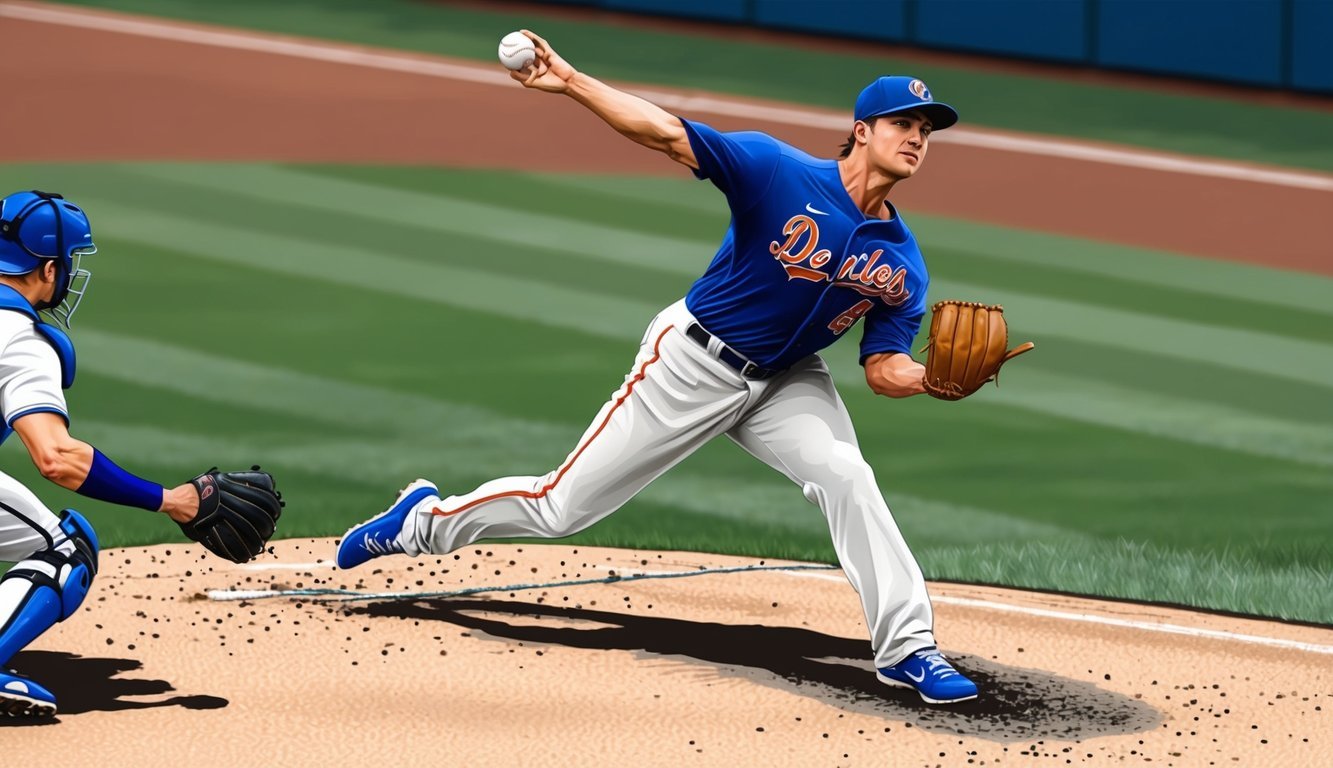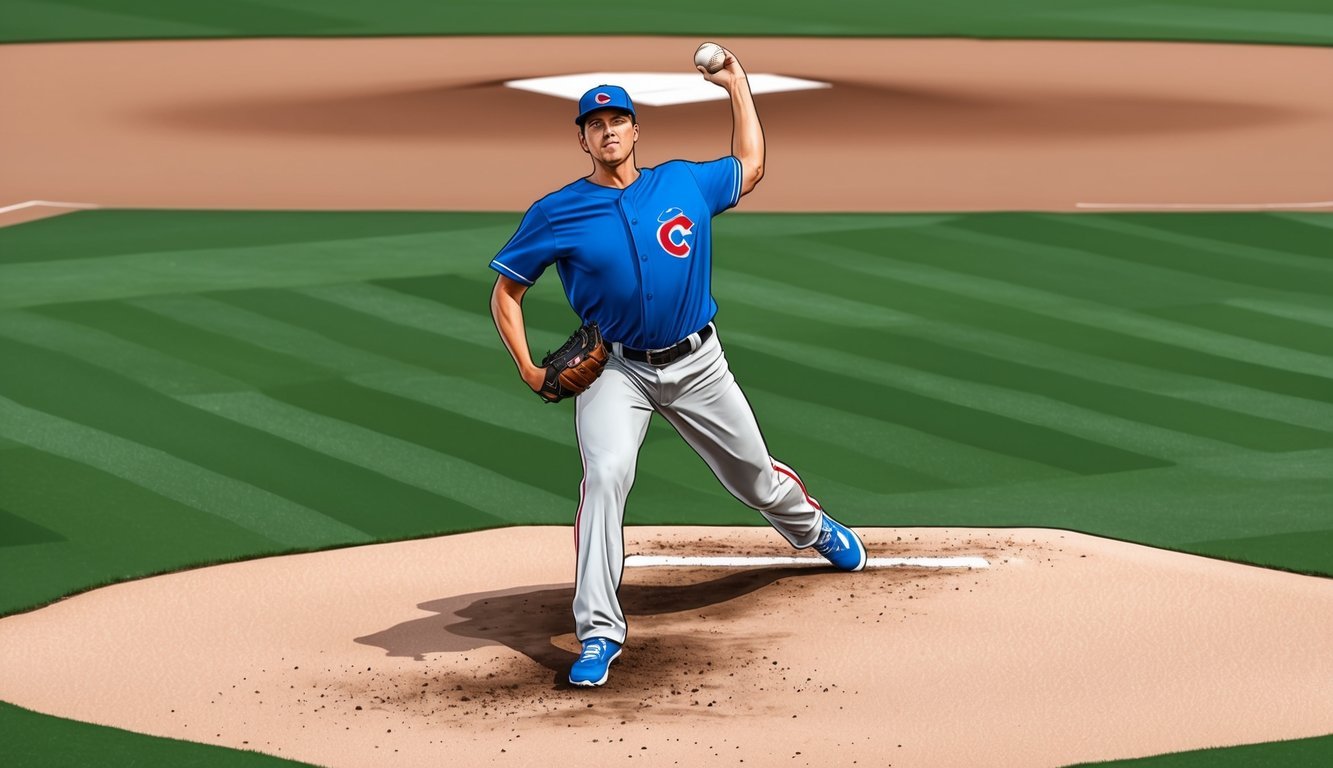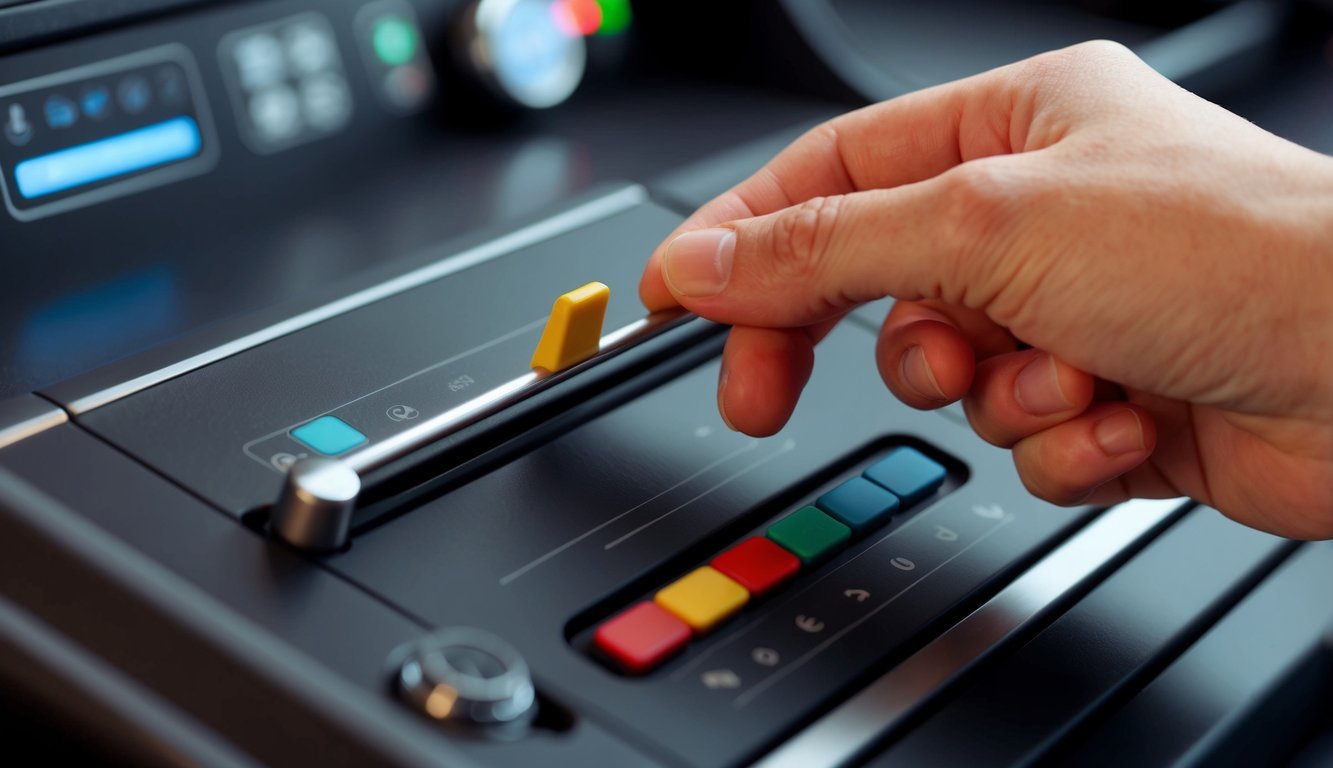Baseball fans often marvel at the variety of pitches thrown by skilled hurlers.

Among these, the slider stands out as a particularly effective and deceptive offering. A slider is a breaking pitch that moves laterally and downward as it approaches home plate.
It typically travels at a higher velocity than a curveball but slower than a fastball.
Sliders are known for their sharp, late break that can fool batters expecting a fastball.
The pitch’s movement is created by the pitcher’s grip and release, which imparts spin that causes the ball to “slide” across the strike zone.
Many pitchers rely on sliders as their go-to strikeout pitch, using it to keep hitters off-balance and generate swings and misses.
Learning to identify a slider can enhance a fan’s appreciation of the game.
Sliders often appear as a dot or tight spin from the batter’s perspective, making them challenging to recognize until the last moment.
This deception, combined with the pitch’s effectiveness, has made the slider a staple in many pitchers’ arsenals across all levels of baseball.

Understanding the Slider
The slider is a deceptive pitch that combines speed and movement to fool batters.
It’s a key weapon in many pitchers’ arsenals, sitting between a fastball and curveball in both velocity and break.
Slider vs. Curveball
A slider moves faster than a curveball, typically 80-90 mph.
It has a tighter, later break compared to the looping arc of a curveball.
Sliders break laterally and downward, while curveballs have more vertical drop.
The slider’s spin axis is tilted, creating a mix of side spin and topspin.
This results in less overall movement but sharper, later break than a curveball.
Pitchers often find sliders easier to control than curveballs.
The faster speed and shorter break make it less susceptible to hanging in the strike zone.

Physics of a Slider’s Movement
A slider’s movement comes from its spin and the Magnus effect.
As the ball spins, it creates areas of high and low air pressure, causing the ball to break.
The slider’s spin axis is tilted, typically around 10:30 on a clock face for right-handed pitchers.
This creates gyroscopic spin, combining side spin and bullet spin.
The result is a pitch that appears to be a fastball out of the pitcher’s hand but breaks sharply as it approaches the plate.
This late movement is what makes sliders so effective at generating swings and misses.
Grip and Release Techniques
To throw a slider, pitchers typically use a modified fastball grip.
They place their middle and index fingers along the outer seam of the baseball.
The key is to apply pressure with the middle finger and release the ball off the side of the index finger.
This creates the necessary spin for the slider’s movement.
At release, pitchers snap their wrist to create spin.
The arm action is similar to a fastball, maintaining deception.
Proper finger pressure and release point are crucial.
Too much pressure can slow the pitch, while incorrect release can result in a flat, hittable slider.
Historical Evolution
The slider pitch has a fascinating history in baseball, evolving from its early origins to become a powerful weapon for many legendary pitchers.
Its development revolutionized the game and confounded batters for decades.
Origin of the Slider Pitch
The slider’s exact origin is debated, but many credit George Blaeholder with its invention in the 1920s.
Blaeholder discovered a unique grip that created lateral movement on his pitches, laying the foundation for the modern slider.
This new breaking ball quickly gained popularity among pitchers seeking an edge over hitters.
Unlike the slower, looping curveball, the slider offered a faster, sharper break that was harder to detect.
As word spread about this effective pitch, more hurlers began experimenting with their own versions.
The slider’s effectiveness led to its rapid adoption across the major leagues.
Prominent Pitchers in Slider Development
Several Hall of Fame pitchers played crucial roles in refining and popularizing the slider.
Bob Gibson, known for his fierce competitiveness, used a devastating slider as his out pitch throughout the 1960s and 70s.
Steve Carlton’s slider became his signature weapon, helping him win four Cy Young Awards.
His mastery of the pitch inspired a new generation of pitchers.
Randy Johnson took the slider to new heights in the 1990s and 2000s.
The Big Unit’s slider, thrown from his towering left-handed delivery, was nearly unhittable at its peak.
These pitchers’ success with the slider cemented its place as a staple in many pitchers’ arsenals, from starters to closers.
Mechanics Behind the Slider

The slider’s effectiveness stems from its unique mechanics.
Pitchers rely on precise arm angles, wrist actions, and finger pressure to create the pitch’s signature break and deceive batters.
Arm Angle and Arm Slot
Pitchers typically throw sliders with a three-quarter or sidearm delivery.
This arm slot helps generate the lateral movement that makes sliders so tricky for hitters.
The pitcher’s elbow should be slightly higher than their shoulder at release.
As the arm comes forward, the pitcher maintains a consistent arm speed similar to their fastball.
This deception is crucial – any telegraphing of the pitch can tip off batters.
The release point occurs slightly earlier than a fastball, with the pitcher’s hand on the side of the ball rather than behind it.
This slight alteration in the release not only helps in changing the ball’s trajectory but also creates the illusion of velocity.
Effective change up pitch techniques involve careful attention to grip and wrist action, which can further enhance the deceptive quality of the pitch.
By mastering these elements, pitchers can keep batters guessing and create more opportunities for strikeouts.
Wrist Snap and Spin Rate
The wrist action is key to a slider’s movement.
At release, pitchers snap their wrist to create spin.
This action involves the middle and index fingers applying pressure to one side of the ball.
The thumb provides counter-pressure on the opposite side.
A good slider spins at 2400-2700 rpm.
This high spin rate, combined with the off-center pressure from the fingers, creates the pitch’s sharp, late break.
Pitchers aim to release the ball with their fingers toward the outside of it, imparting sidespin.
The “dot” – a small, tight rotation visible on well-thrown sliders – indicates proper spin.
This visual cue helps pitchers refine their technique and judges the pitch’s effectiveness.
Training and Mastery

Mastering the slider pitch requires dedication, practice, and a deep understanding of pitching mechanics.
Pitchers must focus on developing consistency and learning to adjust the pitch for different batters.
Developing Consistency
Pitchers aiming to perfect their slider need to prioritize repetition and muscle memory.
Regular practice sessions focusing solely on slider mechanics help ingrain the proper arm motion and release point.
Many pitchers find success by starting with a lighter grip and gradually increasing pressure as they gain confidence.
Working with a pitching coach can provide valuable feedback on arm angle and wrist position.
Video analysis is another useful tool, allowing pitchers to study their delivery frame-by-frame.
Some key areas to watch include:
- Hand position at release
- Arm speed throughout the motion
- Follow-through after release
Bullpen sessions should incorporate slider drills, such as targeting specific zones or sequencing with other pitches.
As consistency improves, pitchers can experiment with slight variations in grip or arm slot to fine-tune their slider’s movement.
Adjusting the Slider for Different Batters
A versatile slider is a powerful weapon in a pitcher’s arsenal.
Adapting the pitch to exploit individual batter weaknesses requires a combination of scouting and in-game observation.
Pitchers should study hitter tendencies, noting how they react to breaking pitches in various counts and locations.
Against pull hitters, a pitcher might aim for more lateral break.
For batters who struggle with low pitches, emphasizing downward movement can be effective.
Key adjustments include:
- Altering grip pressure to change velocity
- Shifting finger position to modify break angle
- Varying release point for deception
During games, pitchers must be attentive to batter reactions.
If a hitter seems to be picking up the slider well, subtle changes in speed or break can keep them off balance.
Common Variations and Usage

Slider pitches come in different forms, each with unique characteristics and applications.
Pitchers adapt these variations to suit their throwing style and strategic needs on the mound.
Cutter-Slider Hybrid
The cutter-slider hybrid blends elements of both pitches.
It moves less than a typical slider but more than a cutter.
This pitch is thrown slightly harder than a regular slider, usually in the mid-80s mph range.
Pitchers grip it similar to a four-seam fastball but offset to one side.
The hybrid offers deception by looking like a fastball out of the hand.
It breaks later and less dramatically than a pure slider, making it effective for inducing weak contact rather than swings and misses.
Sweeping Slider and Slurve
The sweeping slider features more horizontal movement than vertical drop.
Pitchers achieve this by altering their arm angle and wrist position at release.
It’s typically thrown slower than a standard slider, around 78-82 mph.
This variation is highly effective against same-sided batters.
Its wide break makes it challenging to square up, often resulting in weak ground balls.
The slurve combines slider and curveball characteristics.
It has a larger break than a slider but moves faster than a curve.
Pitchers grip it like a curveball but throw it with slider-like arm speed.
The slurve is useful for changing a batter’s eye level and disrupting timing.
